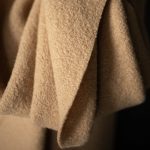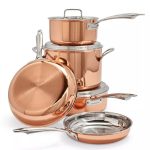Non-stick cookware is a beloved staple in kitchens worldwide. Its ability to prevent food from sticking makes cooking and cleaning much easier. However, over time, non-stick pans can start to degrade, losing their effectiveness and causing food to stick. For many, the question arises: how to restore non stick cookware back to its optimum condition? In this comprehensive guide, we will explore various methods for restoring your non-stick pots and pans, tips for maintenance, and when it might be time to replace them.
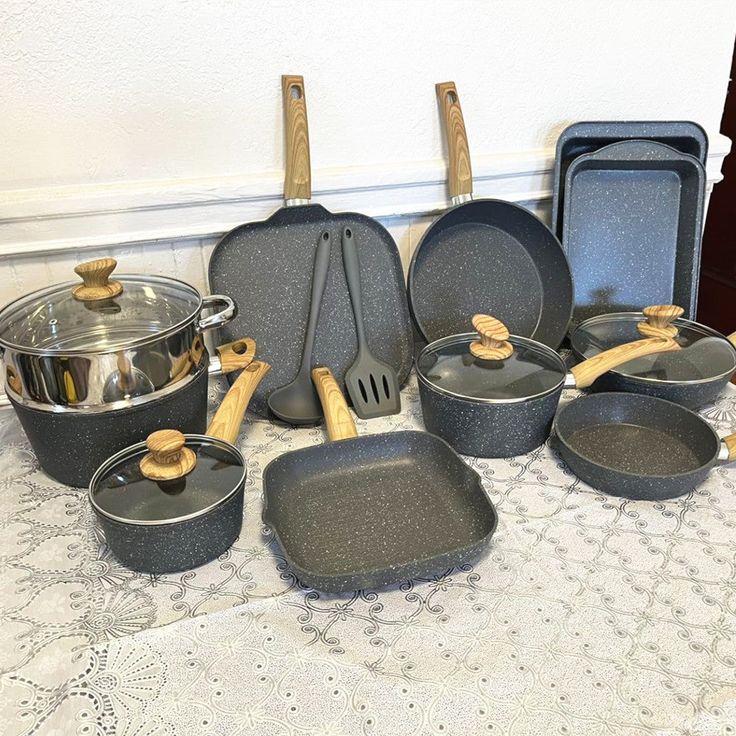
Understanding Non-Stick Cookware
Non-stick cookware is designed to have a coating that prevents food from sticking during cooking. The most commonly used material for this coating is polytetrafluoroethylene (PTFE), known by the brand name Teflon. While non-stick cookware provides significant convenience, it is also susceptible to wear and tear, especially if not cared for properly.
Before learning how to restore non stick cookware, it’s essential to understand the factors that can lead to its deterioration.
Causes of Damage to Non-Stick Cookware
- High Heat: Non-stick cookware can warp or degrade when subjected to high temperatures. Most non-stick pans should not exceed 500°F (260°C).
- Abrasive Cleaners and Tools: Using metal utensils or abrasive scrubbers can scratch the non-stick surface, compromising its effectiveness.
- Improper Cleaning Techniques: Cleaning non-stick cookware with harsh chemicals or neglecting to wash it after each use can lead to buildup, making the surface sticky.
- Worn-Out Coating: Over time, the non-stick coating may wear out due to regular use, making it necessary to consider restoration options.
Initial Steps to Restore Non-Stick Cookware
If you have noticed that your non-stick cookware has begun to lose its effectiveness, the first steps are cleaning and assessment. These preliminary actions are essential before diving into various restoration methods. Proper assessment and cleaning set the stage for effective restoration.
Inspect the Cookware
Begin by examining your non-stick cookware carefully. Take a close look at the surface and edges for any visible scratches, peeling, or warping. If you identify extensive damage, it may be more beneficial to replace the cookware rather than attempt a restoration. Deep scratches or a peeling non-stick surface can impact food safety and cooking performance.
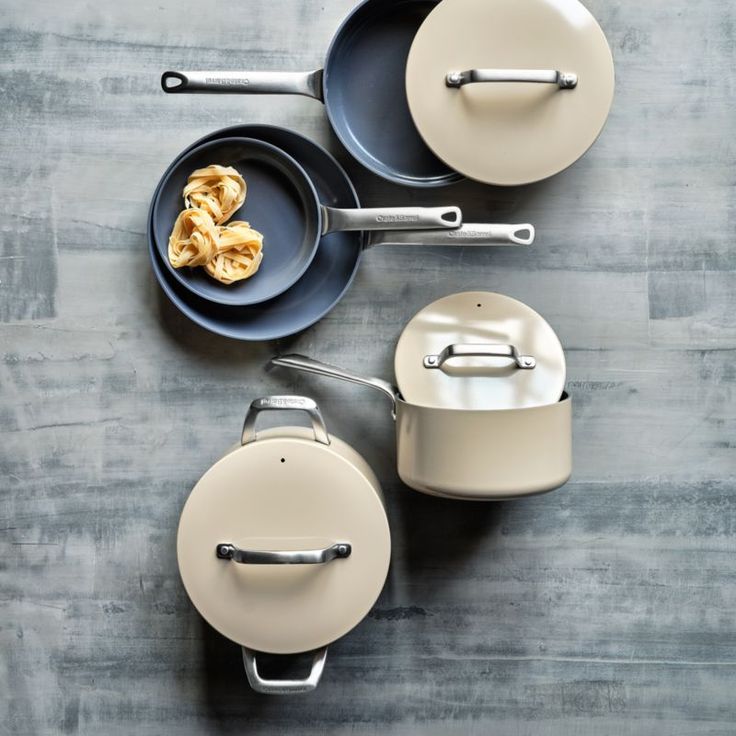
Clean Thoroughly
Before you begin any restoration methods, it is crucial to clean your cookware completely. Here’s how to do it effectively:
- Use Mild Dish Soap: Start by mixing warm water with a few drops of mild dish soap in a bowl. This solution will help break down grease and food residues without harsh chemicals.
- Soft Sponge: Employ a soft sponge or cloth to scrub the surface gently. Focus on removing any stains or baked-on food. Avoid using steel wool or abrasive pads, as these can exacerbate the problem by scratching the non-stick surface further.
- Rinse and Dry: Once cleaned, rinse your cookware thoroughly under warm water to ensure all soap is removed. Immediately dry it with a soft cloth. This step prevents any moisture from sitting on the surface, which could lead to rusting or further damage.
Preparing for Restoration
After the thorough cleaning process, be sure to allow your cookware to cool if it had been heated. Ensure it is completely dry before proceeding with any restoration techniques. With your cookware prepped and ready, you are now positioned to explore how to restore non-stick cookware effectively. This preparation is key to achieving the best results from your restoration efforts.
Effective Restoration Methods
1. Baking Soda Paste
Baking soda is a natural abrasive, making it a great option for restoring non-stick cookware without damaging it.
Steps to Use Baking Soda Paste:
- Create a Paste: Combine three parts baking soda with one part water to form a thick paste.
- Apply the Paste: Spread the paste over the areas that need restoration. Focus on any scratches or areas where food tends to stick.
- Let it Sit: Allow the paste to rest on the surface for about 15 minutes.
- Scrub Gently: Use a soft sponge to scrub the surface gently. Rinse the cookware thoroughly to ensure no paste remains.
- Dry: Use a clean cloth to dry the cookware completely.
2. Vinegar and Baking Soda Treatment
Using vinegar and baking soda together can create a fantastic cleaning reaction that helps in restoring non-stick surfaces.
Steps:
- Sprinkle Baking Soda: Generously sprinkle baking soda over the surface of the cookware.
- Add Vinegar: Using a spray bottle, spray white vinegar over the baking soda. It will fizz and bubble.
- Wait: Let the mixture sit for about 10–15 minutes.
- Scrub Gently: Use a soft cloth or sponge to scrub the surface gently.
- Rinse and Dry: Rinse thoroughly with warm water and dry well.
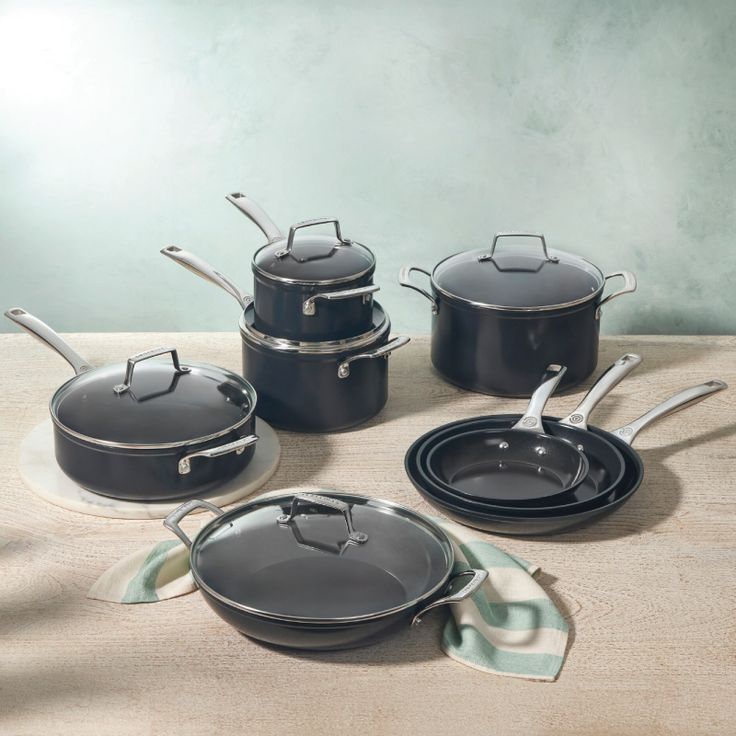
3. Seasoning Your Non-Stick Cookware
Another effective technique for how to restore non stick cookware is to season it. This process helps to maintain the non-stick surface and improve its longevity.
Steps to Season:
- Preheat Your Oven: Set your oven to a low temperature (around 350°F or 175°C).
- Apply Oil: Using a paper towel, apply a thin layer of vegetable oil, canola oil, or flaxseed oil to the entire surface of the cookware.
- Bake: Place the pan upside down in the oven on the middle rack for about an hour. This allows the oil to coat the surface evenly and create a protective layer.
- Cool Down: Turn off the oven and let the cookware cool completely before removing it.
4. Salt as an Abrasive Cleaner
Using salt can effectively take care of tough residues on your non-stick cookware.
Steps:
- Sprinkle Coarse Salt: Generously sprinkle coarse salt over the non-stick surface.
- Use a Damp Cloth: Take a damp sponge or cloth and gently scrub the salt into the surface.
- Rinse Thoroughly: After scrubbing, rinse with warm water and dry.
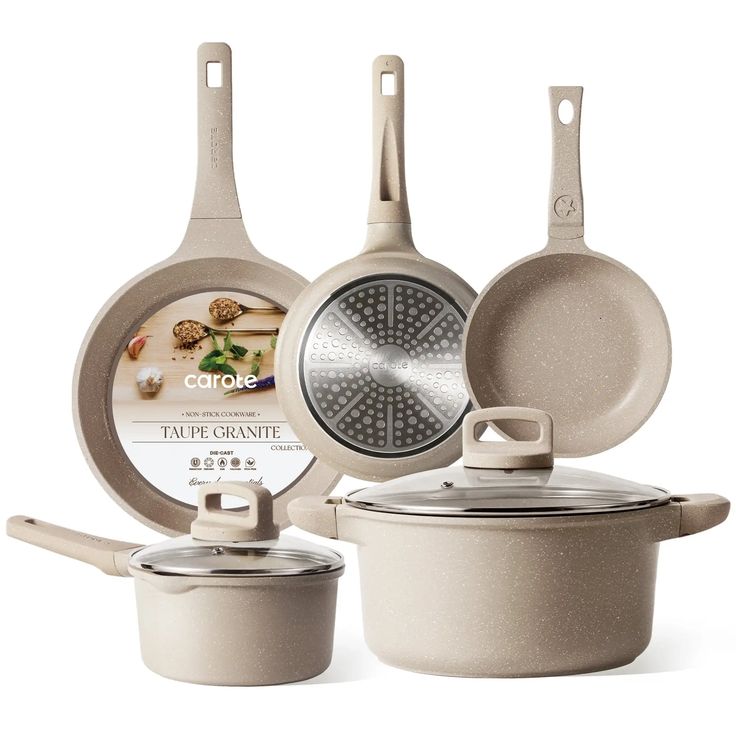
Preventing Future Damage
Knowing how to restore non stick cookware is only part of the equation. Prevention is crucial in maintaining the integrity of your cookware.
Cooking Tips
- Use Low to Medium Heat: Always cook on low or medium heat to prevent damage to the non-stick surface.
- Choose the Right Utensils: Use wooden, silicone, or plastic utensils exclusively to avoid scratching the surface.
Cleaning Habits
- Avoid High-Temperature Soaking: Don’t submerge hot non-stick cookware in cold water, as this can warp the pan.
- Proper Cleaning: Clean immediately after use with warm, soapy water. Avoid using harsh detergents or abrasive cleaners.
Storage Techniques
- Store Carefully: When storing non-stick cookware, use a pan protector or kitchen towel between pans to prevent scratches.
- Keep Ventilated: Ensure cookware is stored in a well-ventilated area. Avoid stacking them too tightly.
Recognizing When to Replace Non-Stick Cookware
Despite your best efforts at restoration, there may come a time when non-stick cookware simply cannot be revived. It is essential to recognize when replacement is the best option. Here are some key signs that indicate it is time to buy new pans.
Severe Scratches or Peeling
One of the most crucial indicators is if your cookware shows deep scratches or evidence of peeling. When the non-stick coating is damaged, it can compromise the safety of your cookware. Such damage can lead to harmful substances being released into your food, making it unsafe for cooking. In this case, replacement is the best option to ensure your health and safety.
Warping
Another clear sign that it’s time for new cookware is warping. If the base of the cookware is warped, it won’t sit evenly on the burner. This can negatively impact cooking performance, leading to uneven heating and food that does not cook properly. Warped pans can also pose a risk of tipping over, which may cause spills or burns.
Persistent Sticking
Lastly, if food begins to stick to your cookware even after restoration attempts, it may indicate that the non-stick surface has worn out beyond recovery. If you find yourself struggling with stubborn sticking, it’s time to invest in a new set of non-stick cookware for a more enjoyable cooking experience.
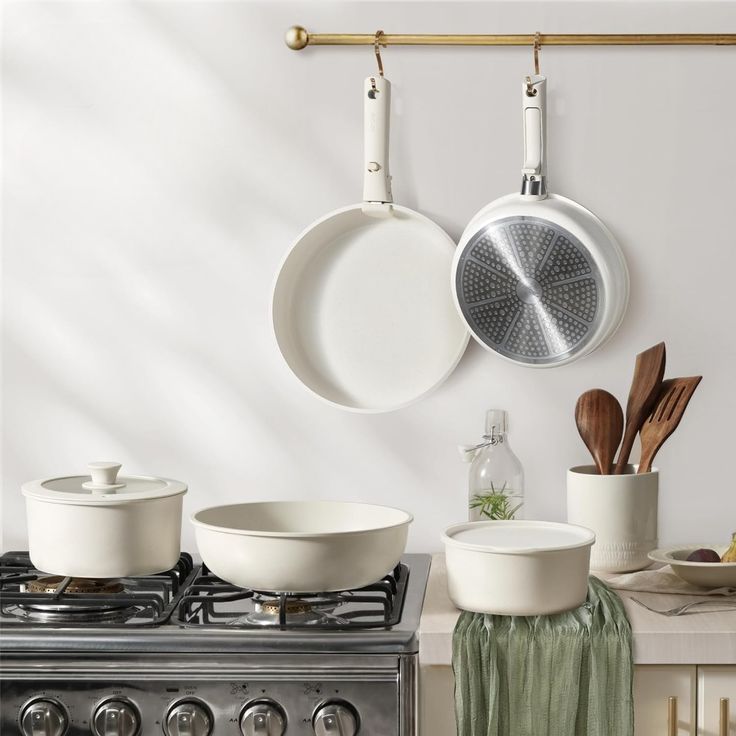
Conclusion
Knowing how to restore non stick cookware can save you money and extend the life of your kitchen essentials. By employing effective methods such as baking soda paste, vinegar treatments, and proper seasoning, you can bring back functionality to your cookware. Coupled with good cooking practices and maintenance habits, you can enjoy the benefits of non-stick cookware for years to come.
Restoring your non-stick cookware not only enhances your cooking experience but also allows for healthier meal preparation with reduced use of oils and fats. Remember, however, if your cookware shows severe signs of damage, it may be time to seek replacements for better culinary results. Maintaining awareness of your cookware’s condition and learning how to restore non stick cookware when necessary is vital for every home cook who values quality and convenience in the kitchen.
